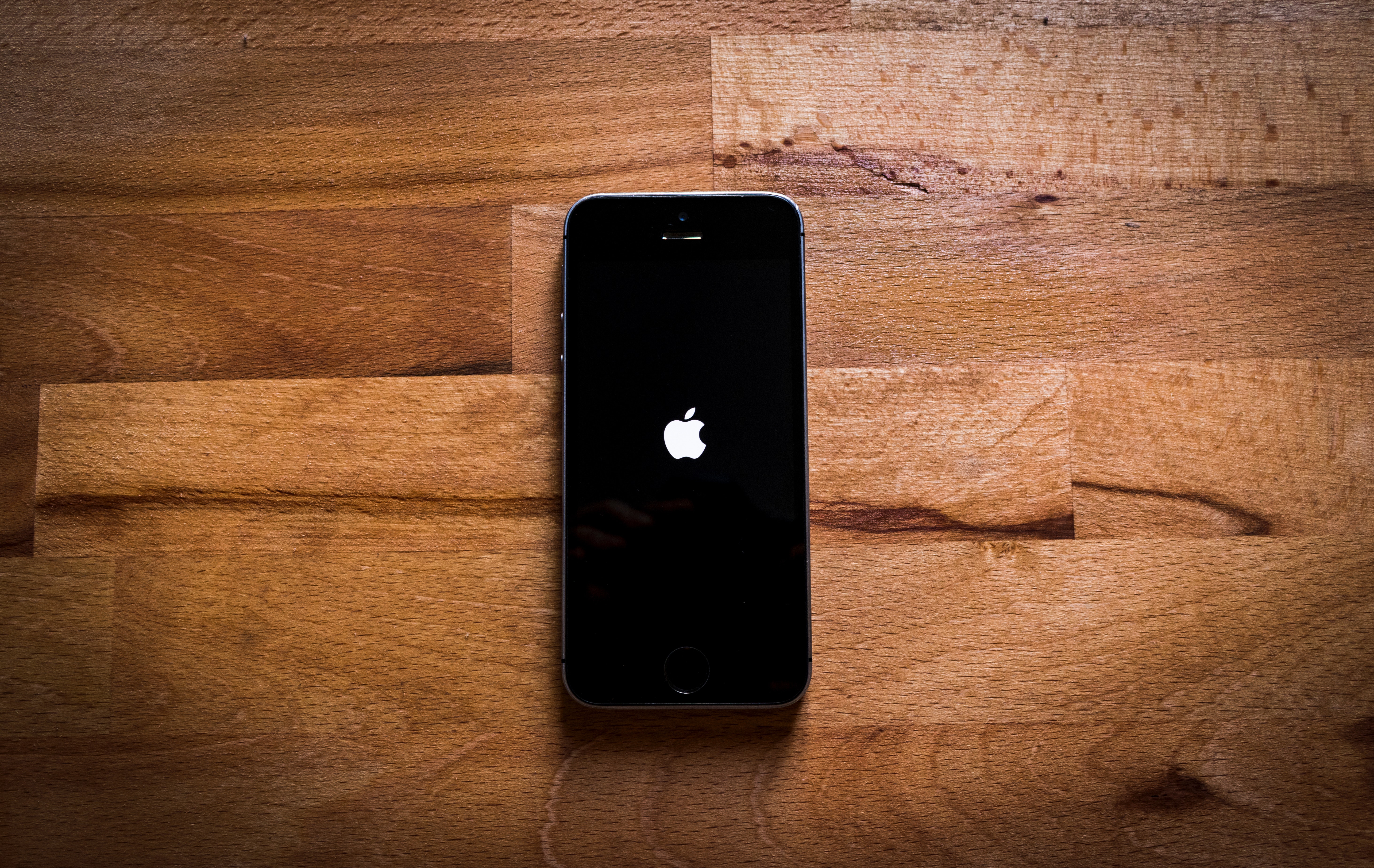 |
Photo by Mateusz Dach from Pexels |
Emails are ubiquitous in our daily lives. We use emails to communicate with our friends, families, learn about new products, get offers and promotions, etc. Consequently as a marketer email marketing plays a pivotal role in acquiring new customers and nurturing existing customers.
However I personally have experienced a proliferation of emails during the pandemic. During the chronic lockdowns with the physical stores and restaurants being closed many small businesses have revamped their digital presence often adding email marketing to their repertoire of tools to reach their customers and prospects. I have seen my local shops setting up targeted websites (thanks to companies like Wix, Shopify, etc.) and often allowing visitors to subscribe to their newsletters. Email marketing solutions like Mailchimp and Campaign monitor have allowed these small businesses to quickly add email to their marketing channel with an easy pay as you go model. This has often allowed the small businesses to maintain strong engagement with their customer base even when the physical stores and restaurants were closed.
But there is a downside to this. Our inboxes are getting busier than ever and the competition for our attention is increasing at a tremendous pace. This also means that our privacy related to emails are becoming more important. So it was refreshing to see Apple prioritizing our email privacy in their latest iOS 15 update. Apple is well known in leading the pack in rolling out security features and I strongly think other email client providers will follow suit with similar if not stronger privacy features.
So what is Apple’s Mail Privacy Protection?
It is important to understand that the privacy protection is not designed to prevent delivery of relevant content to consumers. Instead it’s meant to give the consumer the ability to control the information he/she wants to share with a business.
Apple’s Mail Privacy Protection is an opt-in feature for iOS, iPadOS and macOS that gives users more control over their inbox and the data shared with the email senders.
As per Apple, “In the Mail app, Mail Privacy Protection stops senders from using invisible pixels to collect information about the user. The new feature helps users prevent senders from knowing when they open an email, and masks their IP address so it can’t be linked to other online activity or used to determine their location.”
How will it impact the email marketers?
The open rates will be skewed. Open rates can no longer be used as an accurate metric for engagement. The open rates will always appear higher than they actually are as Apple will download the invisible pixel regardless of whether the user opens the email or not if Mail Privacy Protection is enabled.
Any marketing automation using open rates e.g. A/B will no longer be effective
IP address can no longer be accurately used to identify the geolocation or online activity of the user
How should email marketers adapt to accommodate this change?
Must stop relying on open rates as an engagement metric. Instead must focus on link clicks and relevant conversion metrics that drive business outcomes. This includes the number of users who clicked the links in email to subscribe, purchase, create accounts, etc.
Must use links clicks instead of open rates in A/B testing and retargeting workflows.
Must stop using geo targeting and optimize delivery time based on IP address. Instead must promote preference centers to get the relevant information like country to better target the audience.
Must thoughtfully curate email content to have CTA to drive higher engagement. Example, have a relevant blurb at the top of the email highlighting the content and accompanied with a CTA to drive click throughs.
In conclusion privacy is becoming more and more important to the users and companies are adopting features to allow users select the data they are comfortable sharing with the companies. This can be disruptive for the marketers at the beginning however it provides a great opportunity for the marketers to better target the users by getting their explicit consent and information to better personalize the marketing messaging. This also provides the marketer the opportunity to focus more on the conversion metrics based on the user journey rather than vanity metrics like open rate as it better reflects the business outcomes from the marketing activities.
References:
https://www.litmus.com/blog/apple-mail-privacy-protection-for-marketers/
https://www.campaignmonitor.com/resources/guides/apple-mail-privacy-protection-guide/
https://www.gale.agency/blog-posts/ios-15-and-the-future-of-email




